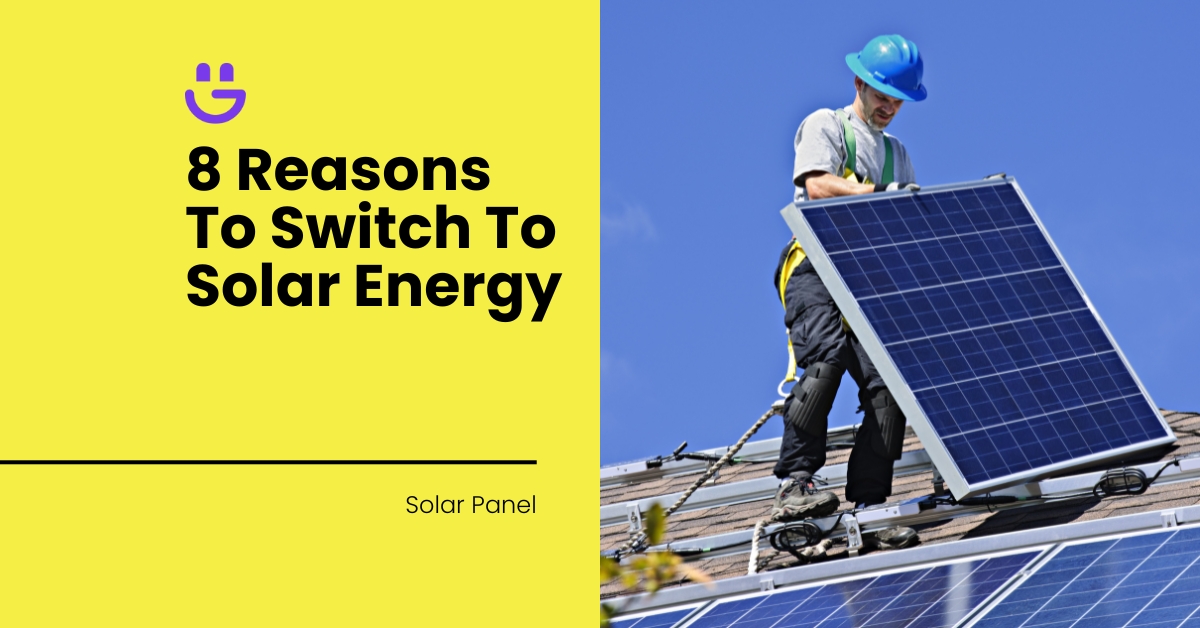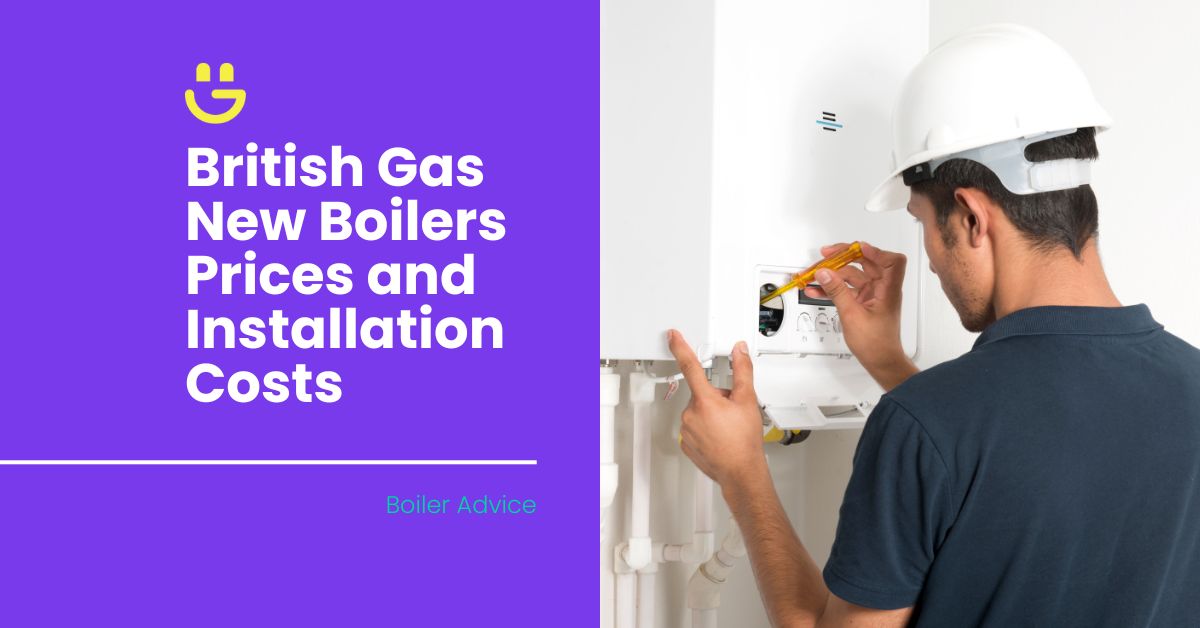Last Updated on November 14, 2025
Yes, you can add additional solar panels to your system, especially if it isn’t producing the energy you need.
Let’s take a look at how you would go about adding more panels to your system and when you would need to do this
Contents
How Are Extra PV Panels Added to an Existing System?
With the help of professionals such as Eco Happy, adding solar panels to your existing system is a straightforward process.
It involves several steps to ensure compatibility, efficiency, and safety. Here’s a general overview of the process:
- System assessment: Your installer will conduct an assessment of your current solar panel system to determine its capacity, current performance, and compatibility with additional panels. This may involve reviewing your inverter capacity, wiring, and mounting space.
- Inverter capacity check: Next, they will check if your existing inverter can handle the additional power from the new panels. If not, you might need a larger inverter or an additional one.
- Roof space or mounting options: It’s important to ensure your roof is suitable for solar panel additions, with enough space, or that there is sufficient ground space. The orientation and tilt of the new panels will be optimised for maximum sunlight exposure.
- Panel compatibility: You will need to select new solar panels that are compatible with your existing ones. It’s best to use the same type of solar panels, brand and model. However, if that’s not possible, choose panels with similar electrical characteristics (voltage, current, and wattage).
- Installation: Your installer will now move on to adding solar panels to your existing solar PV system. This includes determining the best electrical configuration for the new panels, mounting them and connecting them to your inverter.
How Do I Know If I Need More Solar Panels?
Determining whether you need to add solar panels to your existing system involves assessing your current energy production, consumption patterns, and future energy needs. Here are some steps to help you decide:
- Monitor energy production: Check the energy output of your existing solar system. This information is usually available through your solar inverter or solar monitoring system. Compare the actual output to the system’s expected performance.
- Analyse your energy bills: Review your electricity bills to understand your energy consumption. If you are still drawing a significant amount of electricity from the grid, it may indicate that your solar panel system is not meeting your needs.
- Evaluate your usage patterns: Consider any changes in your energy usage. New appliances, charging an electric car, or increased occupancy can raise energy consumption, which may require you to add solar panels.
- Look at your energy storage: If you already have or are planning to add battery storage, evaluate how well your current system charges the batteries. Insufficient solar production to fully charge the batteries may indicate a need for additional solar panels.
- Consider efficiency improvements: Before adding more panels to your solar system, consider energy efficiency improvements you can make to reduce overall consumption. This can include upgrading to energy-efficient appliances, improving your home’s insulation, and implementing smart home energy management systems.
Get a Solar Panel Installation Quote Today
If you’re ready to take your solar panel system up a notch, Eco Happy is here to guide you through the entire process.
From evaluating the performance of your current solar panel system to helping you select and install the right solar panels, our team of professionals will never leave you guessing.
Contact us or fill out the short form on our site to request a detailed, free solar quote.
FAQs
How many solar panels does my home need?
When deciding how many solar panels you need, consider your current energy requirements as well as the output capabilities of individual solar panels. In the UK, a typical solar panel produces about 250 W to 400 W of power. Divide your annual electricity consumption by the annual output of one panel to determine how many you will need. Additionally, check out our guide on how much electricity a 400W solar panel produces.
Can my existing inverter manage more solar panels?
Before you add more solar panels to your existing system, check your inverter’s maximum input power specifications. Next, calculate the total power output of your existing solar panels and multiply the number of panels by the wattage of each panel, including the additional solar panels.
How much space do I need for a larger solar power system?
Compare the size of your roof to the size of the solar panels you want to install. You should also account for a gap of about 0.2-0.3 metres between rows of panels.
Final Thoughts
Adding panels to an existing solar PV system can help you meet your energy requirements more easily. Even though this will come at an additional cost, the long-term benefits are undeniable. By reducing your reliance on the grid, you can save on costs and even earn money back through schemes such as the Smart Export Guarantee.





Tom Allen
Solar Expert